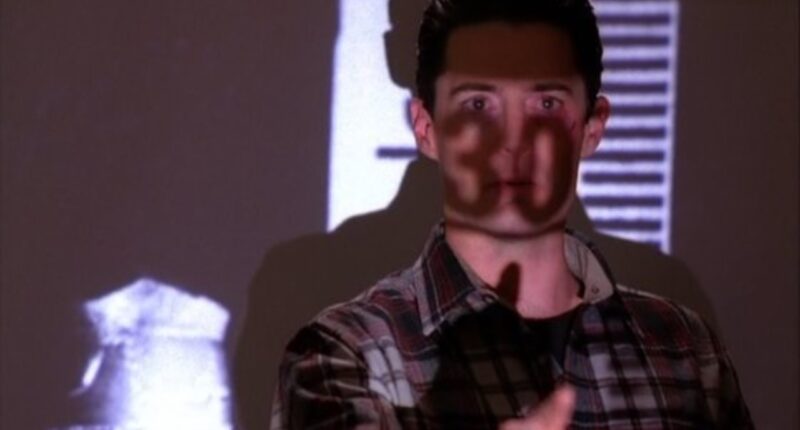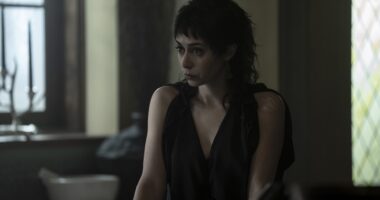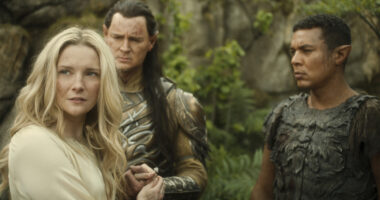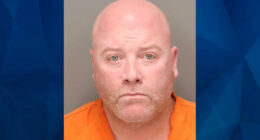In short, a lot of different people made the first two seasons of Twin Peaks. Many of them were solid television workers: Caleb Deschanel (who, like fellow Twin Peaks director Stephen Gyllenhaal, is today less known than his famous children), Lesli Linka Glatter, Todd Holland, and Tim Hunter are all steady hands, who can make any individual episode feel consistent with the show’s overall tone. Writers Harley Peyton and Robert Engels, the duo who took charge of the series after Lynch and Frost effectively left the production, also tried to maintain the original tone.
But too often, they made Twin Peaks feel like a parody of itself, filling the show with self-consciously wacky bits like the Miss Twin Peaks pageant or anything involving Windom Earle, a dumb person’s idea of a criminal genius. And when Lynch did provide input, he would throw out random ideas like trapping Josie in a dresser knob, and then leave it to others to realize.
Thus, much of Twin Peaks‘s second season is more the work of many people trying to emulate two people than of two people providing a unique vision. And that’s why Keaton’s idiosyncratic take is so notable.
Diane Keaton Made Twin Peaks Her Own
Many of season 2’s terrible plotlines do make their way into “Slaves and Masters.” The episode begins with James Hurley getting framed for murder and ends with Josie’s transformation into furniture. In between, we have to see Josie in a maid’s uniform, Coop in plaid, and Ben in rebel grey.
Yet, somehow, Keaton finds the most visually interesting ways of relating these story beats. She enters several scenes with a moody visual piece, usually consisting of slow motion and dissolves. The episode opens with the camera panning past shots of chess pieces, foregrounding Earle’s game against Cooper. She proceeds Windom Earle’s first scene with a slow-motion close-up of a saw blade cutting a log, mixed with slow-dissolves of gears, before finally settling the camera on actor Kenneth Walsh’s face. She arranges three levels of objects–a hand, the projector, a chess board–in between the camera and a screen for a sequence in which Albert tells Coop about Josie’s criminal past.
Equally compelling are the comedic beats that Keaton brings to the episode. Keaton ends a scene of Ben Horne monologuing as a Confederate General with him leading a sing-along of the Confederate anthem “Dixie.” But she mixes the song with off-key, off-beat singers, drums out of step, and wailing from Ben’s son Johnny, turning the whole thing into a mess as atonal as the storyline itself. Early in the episode, Donna and James try to avoid a police officer who comes to the roadhouse, and the camera follows the cop to a counter filled with other uniformed officers. We watch from the back as every officer turns his capped head toward the newcomer at the same time.








